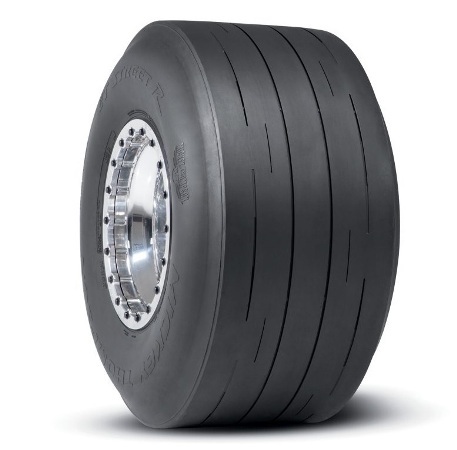
The global market for rheumatoid arthritis treatments is expected to grow at a CAGR of...
Learn More
Our consulting solutions address company specific challenges with respect to micro environment...
Learn More
Organizations frequently need day-today research guidancein order to gain strategic...
Learn More
Exploring different areas of market research and market analysis is a key factor...
Learn MoreAcute Market Reports presents the most extensive global business research services across industries. Our research studies focus on potential outcomes, benefits, and risks associated with each market segment across geographies. Having served our global clients for more than 10 years, our prime priority is to enable our clients in making well-informed business decisions through a data-driven, analytical, and uncomplicated research approach.
We provide access to the world's most comprehensive, analytical, and updated business intelligence services and solutions.




The adult incontinence products market revolves around the manufacturing and distribution of products designed to manage incontinence issues in adults. These products include diapers, pull-up underwear, liners & guards, waterproof covers, and oth...
Read More
The smart crop mobility market is expected to grow at a CAGR of 13.6% during the forecast period of 2025 to 2033. Smart crop mobility market encompasses innovative solutions designed to enhance the efficiency and effectiveness of crop transportation ...
Read More
The bias tire market has been experiencing steady growth over the years, driven by various factors such as increasing automotive production, infrastructure development, and expanding transportation networks. The Bias tires market is expected to rise ...
Read More




